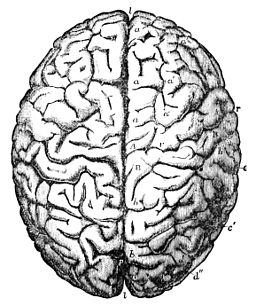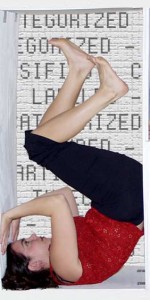
We all know the saying “if you can teach it then you know you know it.” I often have my students teach or help each other with movement they are learning in class to empower them and allow them time to know they know the material without constantly watching me demonstrate. One of my favorite assignments is when I have my students create and teach and full lesson plan to the whole class.
I put my students into pairs and they pick a theme for their lesson. Some theme examples are: movement initiated from certain body parts, extremes in timing or playing with rhythms, and moving into and out of the floor with smooth transitions. Once my students pick their theme they start to create a movement phrase that demonstrates their theme. They also have to create movement that travels across the floor and a warm up, all of which must be centered on their chosen theme. [Read more…]










